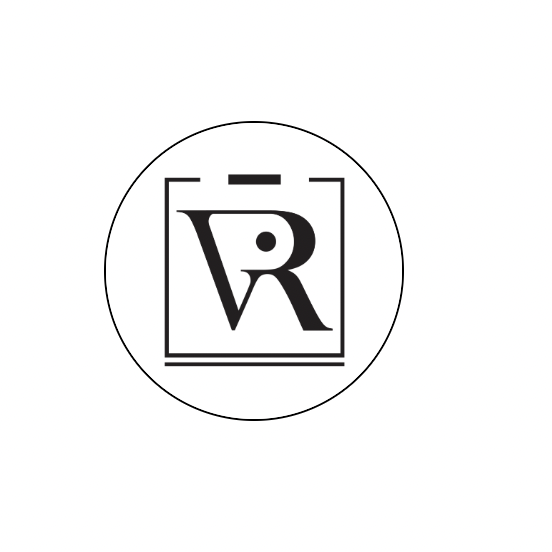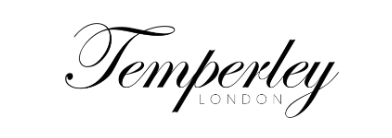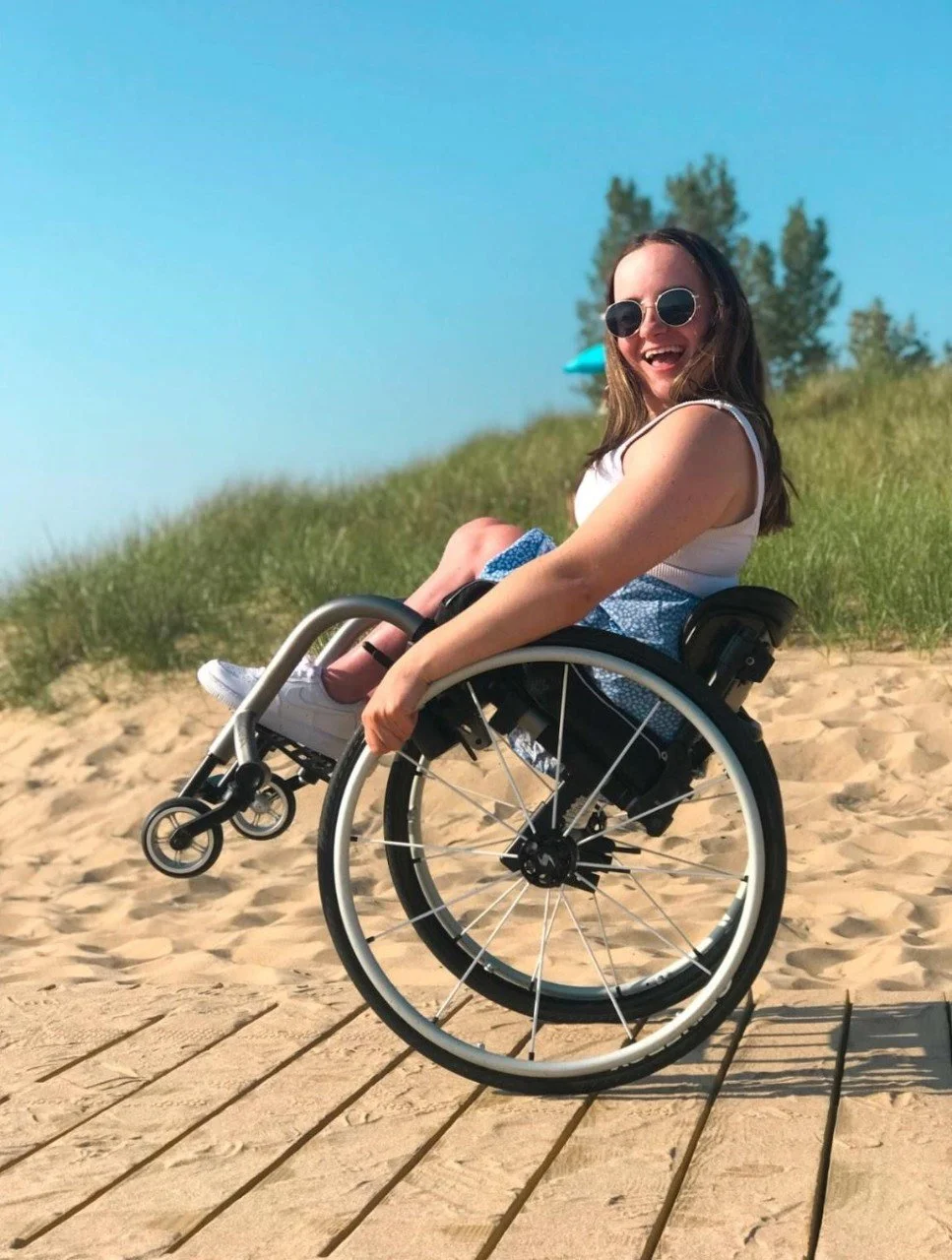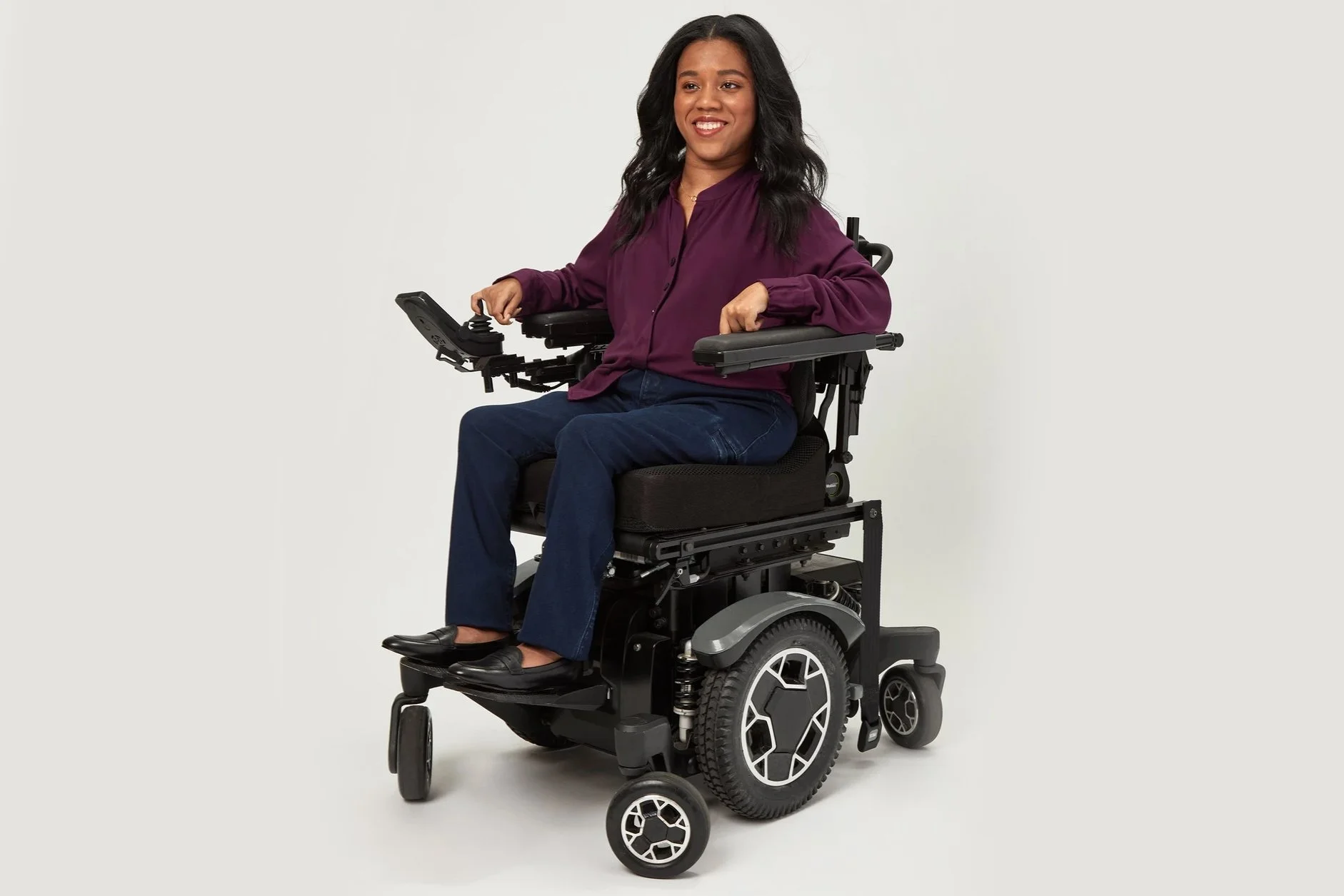The Radar Chart was created to gather data and determine how brands are doing in the marketplace. To do this, I took in consideration the five key design factor for product development: Aesthetics, Material Quality, Price Point and Fit.The competitors were ranked from 0-5, with 0 at the center representing a low score and 5 at the edge with a good score. As the chart shows, adaptive brands are able to provide a good price point but fails to meet aesthetics and material quality, while the bridal brands that I’ve picked to analyze provide material quality, aesthetics, innovative design but is unable to meet the price point needs









